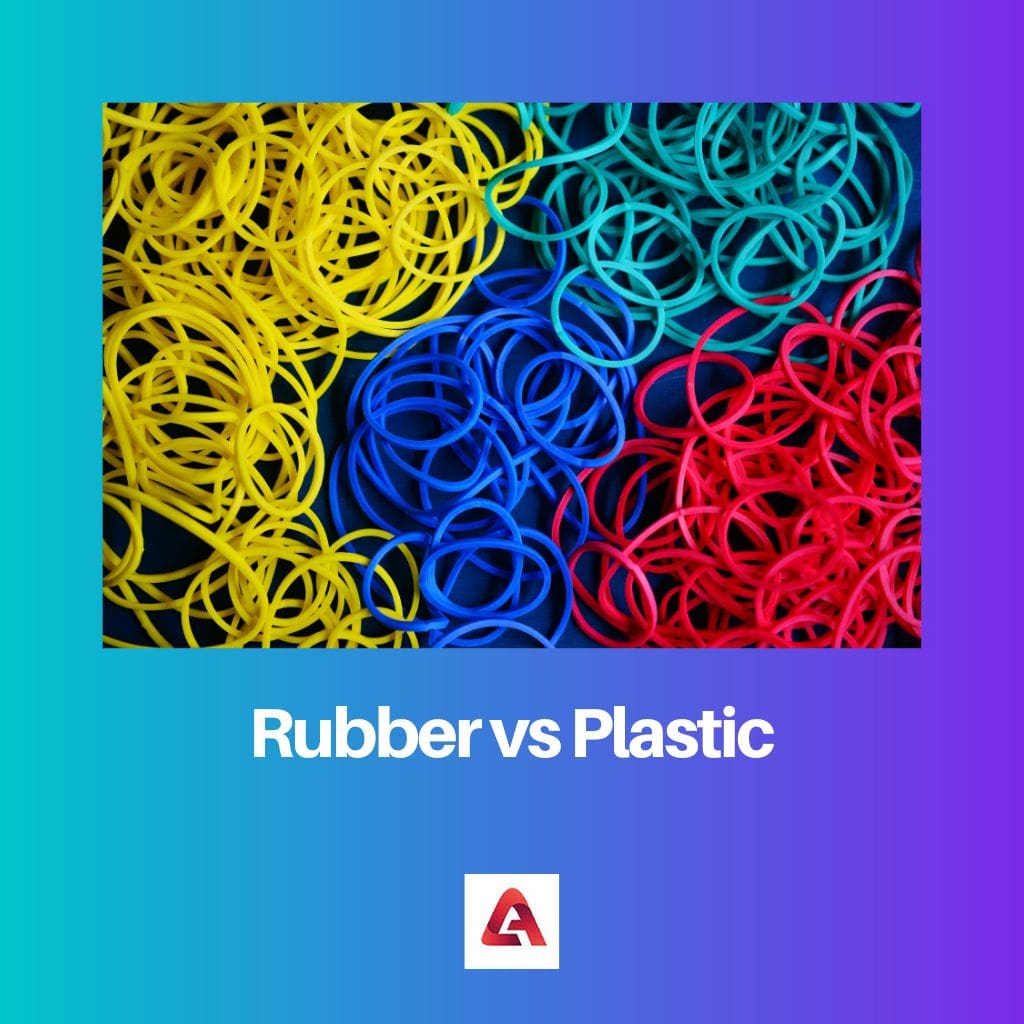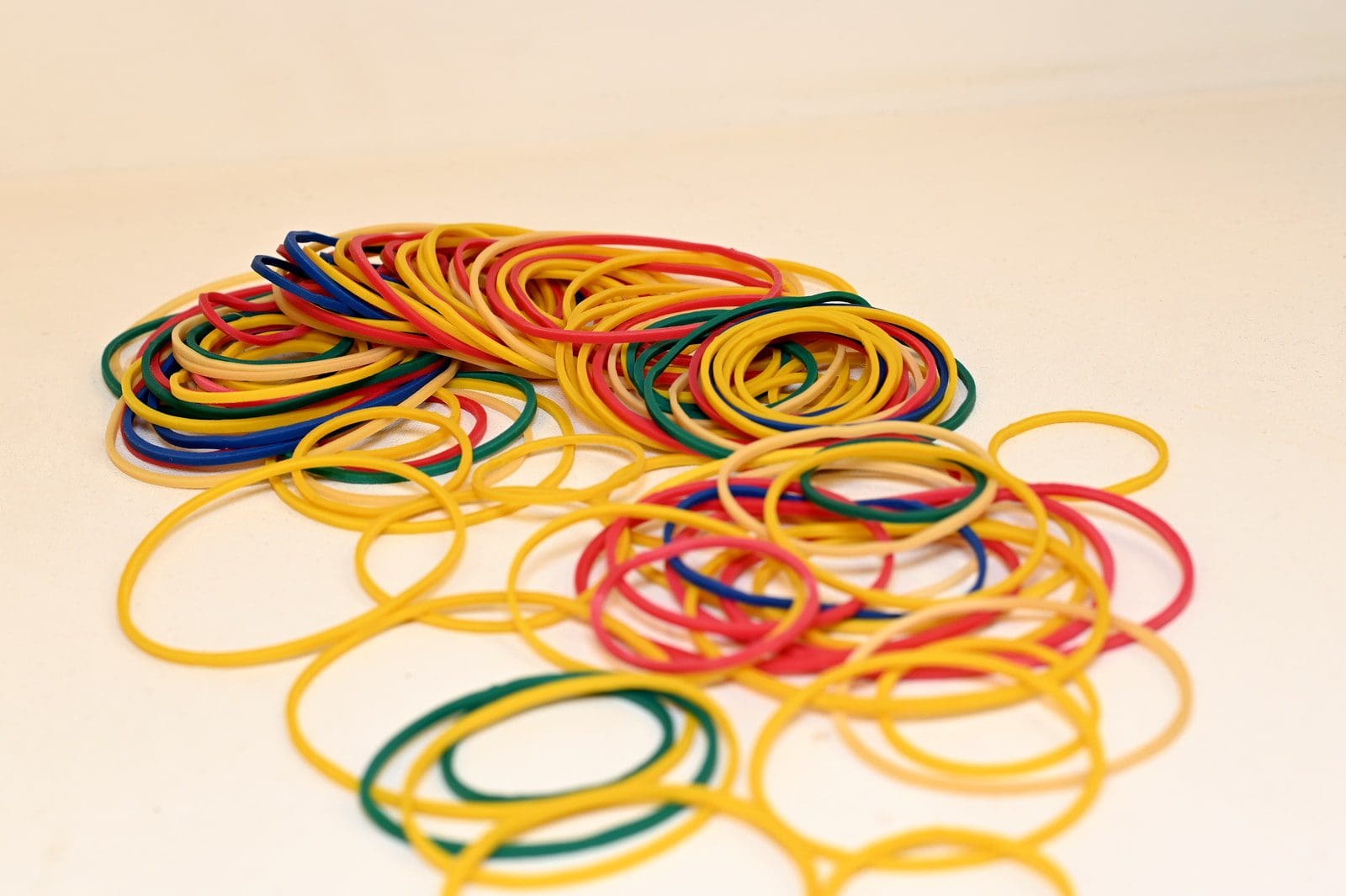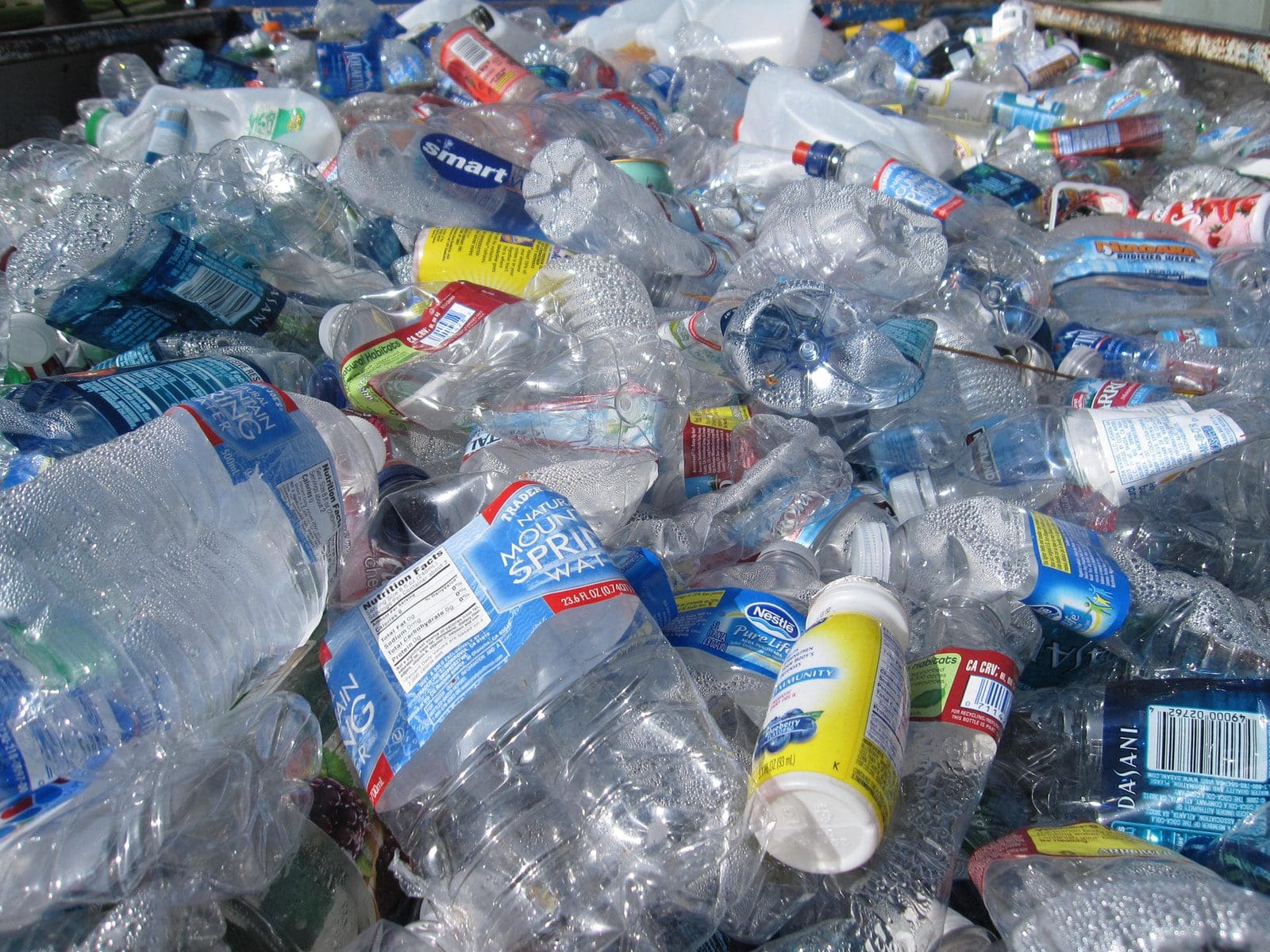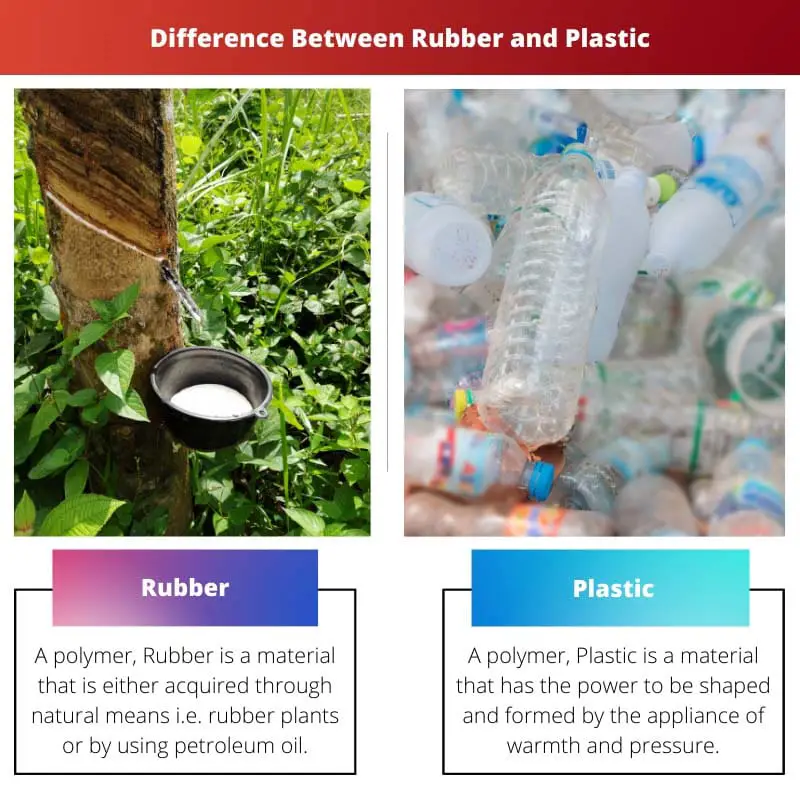It can be very well seen that technological advancement, from the easy use of wood and cement to the coming up of metal and other materials, has made our lives so much easier.
Rubber and plastic are materials that have not only brought changes but have also revolutionized our lives.
A polymer is a macromolecule created out of the many continuance units that show the monomer accustomed to building the polymer.
Also, some polymers, such as plastic, are synthetic, and polymers, like rubber, are natural components.
Key Takeaways
- Rubber is an elastic, natural, or synthetic material derived from latex or petroleum, known for its flexibility and resilience.
- Plastic is a broad category of synthetic or semi-synthetic materials made from polymers, characterized by malleability and application versatility.
- Rubber is suitable for applications requiring elasticity and shock absorption, while plastics cater to various uses due to their diverse properties and moldability.
Rubber vs. Plastic
Rubber is a natural material that is obtained from the sap of rubber trees. It is an elastic material that can be stretched and molded into various shapes. Plastic is a synthetic material that is made from polymers. It can be molded into various sizes, and it is widely used in many industries due to its durability, and versatility.

Comparison Table
| Parameter of Comparison | Rubber | Plastic |
|---|---|---|
| Definition | A polymer, Rubber, is a material that is either acquired through natural means, i.e., rubber plants, or by using petroleum oil. | A polymer, Plastic, is a material that has the power to be shaped and formed by the appliance of warmth and pressure. |
| Features | Elasticity | Plasticity |
| Origin | Two ways Rubber may be acquired are from industrial/commercial methods or natural sources. | Plastic is created through industrial/commercial methods. |
| How it is produced | Rubber is created either naturally through rubber trees producing rubber latex or may be created commercially from petroleum oil and natural gases. | Plastic is created with the help of crude oil (by-product) as the beginning material. |
What is Rubber?
A polymer and an elastic material, Rubber is either acquired through rubber plants or may be created commercially from petroleum oil and natural gases. Therefore, it can be said that there are 2 sorts of rubber, namely, natural rubber and artificial rubber.
Rubber is incredibly famed in industries, thanks to its physical property, toughness, etc., as it is employed to assemble many different products.
These polymers (natural rubber) are made of isoprene and H2O in conjunction with other compounds. The key element of rather a polyisoprene.
The rubber latex tree is the main source of Natural rubber which is whitish, milky, and sticky. Rubber latex, found in rubber trees, is acquired through the elements close to the tree’s bark.
Natural rubber is prone to hardening and strengthening rubber (vulcanization) because of the presence of a covalent bond within the polymer.
Vulcanization can be defined as forming chemical bonds between polymer chains with the help of sulfur as a chemical agent between them. The rubber produced through this process is much stiffer, hard, firm, and more durable than natural rubber.
On the other hand, Synthetic rubber may be created commercially from petroleum oil and natural gases. They are created in chemical plants with the help of petrochemicals as their place to begin.
There are a large number of products that can be acquired from rubber. Some examples are rubber shoes, tires of various vehicles, waterproof garments, balloons, protective gloves, and plenty of alternative things.

What is Plastic?
A polymer, Plastic, is a material that has the flexibility to be shaped and formed by the appliance of warmth and pressure, known as its physical property. It’s an artificial polymer.
The plasticity of plastic permits it to be developed into totally different shapes.
Despite these features, the lightweight becomes an additional great reason for it to be employed in producing various instrumentation. Also, it contains low levels of denseness, allows electric currents, transparency, and toughness, and are durable with low levels of degradation.
There are large kinds of plastic polymers that are classified by totally different parameters, such as chemical and physical properties, their chemical structure, the technique of synthesis, etc.
Few necessary industrial plastics incorporate polyethylene, polypropylene, PET, etc. Various chemicals are added to the production procedure of those plastics.
These added chemical compounds are stabilizers (to provide long periods), fillers (to enhance performance), and many more. Sometimes, dyes or colors are put in to get attention-seeking colors within the result.
These outwardly added compounds are known as additives.
There are several uses for plastics in most fields, such as medicines or drugs, the clothing business, food and beverages for packaging, etc.

Main Differences Between Rubber and Plastic
- A polymer, Rubber, is a material that is either acquired through natural means, i.e., rubber plants, or by using petroleum oil. In contrast, A polymer, Plastic, is a material that has the power to be shaped and formed by the appliance of warmth and pressure.
- The main feature of rubber is elasticity, and the main feature of plastic is plasticity.
- Two ways Rubber may be acquired is from industrial/commercial methods or natural sources, whereas Plastic is created through industrial/commercial methods.
- Rubber is created either naturally through rubber trees producing rubber latex or may be created commercially from petroleum oil and natural gases. In contrast, Plastic is created with the help of crude oil (by-product) as the beginning material.
- In terms of toxicity, rubber is more toxic than plastic.




